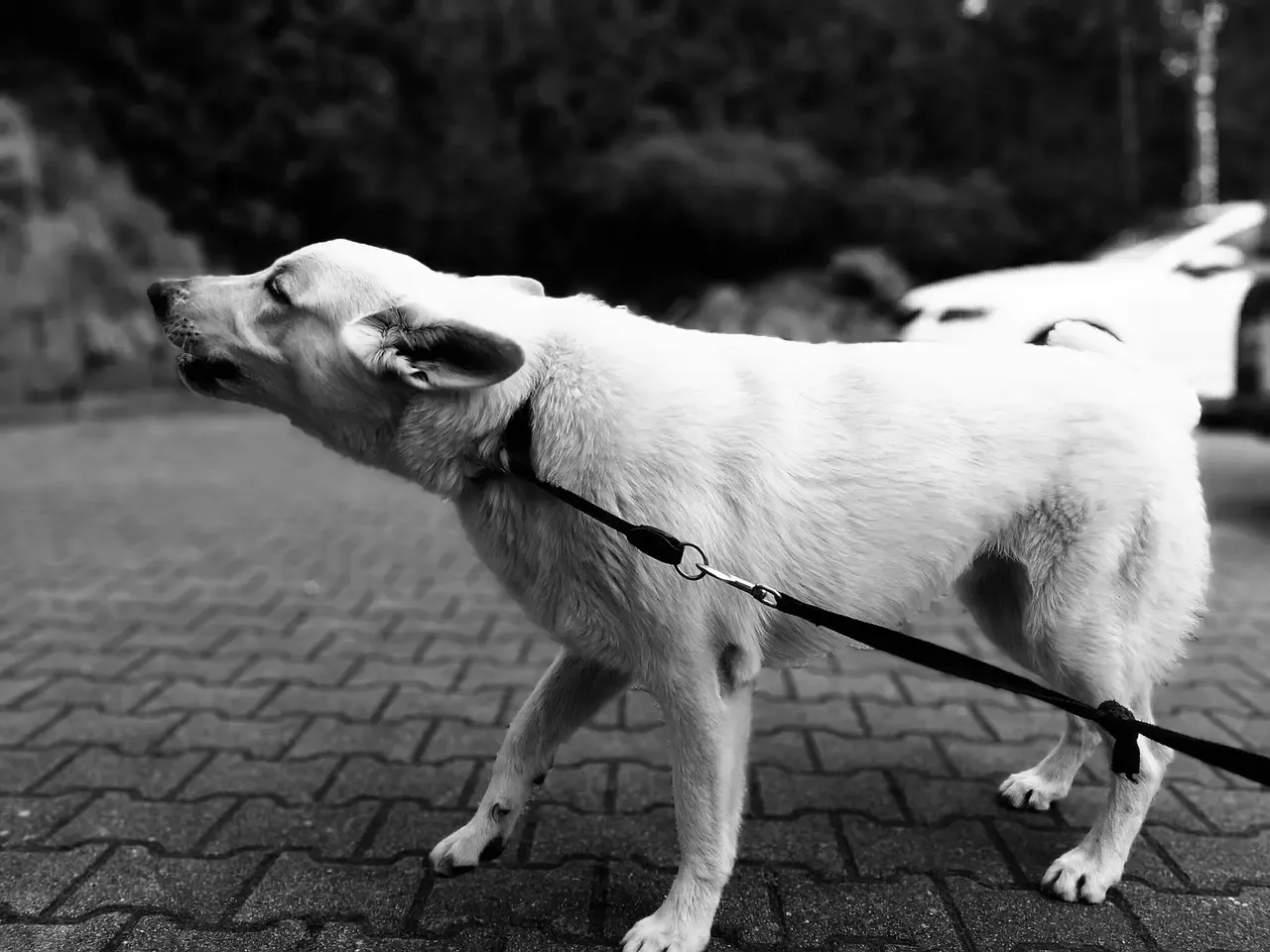Dog Aggression Training
 |
| Dog Aggression Training |
Aggressive dogs cannot be controlled easily and this is the reason specialized Dog Aggression Training is being organized. This training is being conducted by some skilled and tough dog trainers who are well aware how to control aggressive dogs in a perfect manner. Some dogs get angry quickly and at that point of time they are pretty difficult to control.
Dog Aggression Training This is the reason this training mainly deals with the effective management of the anger of these dogs. There are some powerful techniques or strategies that can help in managing anger of the stubborn dogs. There are different threatening displays that are usually being used in this regard in order to generate fear in the minds of the dogs. Coping skills can be easily developed from this kind of training so that the dogs can easily develop acceptable behaviors.
How aggressive dogs are being trained?
Dog aggression training is the only way-out for controlling angry and stubborn dogs and there are few important aspects that are involved within the same and these aspects are as follows:-
• The reasons of dog’s aggression need to be known first so that the dogs can be easily tackled. If the reasons are detected, then they can be resolved quickly and this is why the dog trainers try to do the same in course of the training.
If the dog is lacking in early socialization, then it becomes quite stubborn and aggressive as a result of which greater difficulty will be faced in taking him. There are some other probable reasons for which the dogs become aggressive and they are medical conditions, traumatic experiences, genetic predisposition and many more.
• There are some gentle techniques that need to be implemented for controlling aggressive dogs and these techniques are included within the training of dog aggression. Harsh methods of training can be quite harmful in nature and can make the dog more aggressive and thus they need to be replaced by the soft ones.
Behavior modification can be easily done with the implementation of soft techniques and this is the reason most of the expert dog trainers choose the same. These techniques will make the dogs feel comfortable as a result of which they will have quicker behavior modification. In fact, this is one of the ideal means for controlling aggressive dogs.
• Until and unless aggression threshold of the dogs are tackled, they will not be controlled properly. The distance in between the trainer and the dog needs to be reduced so that the dog can listen to his words and obey the instructions. The body language of the dogs needs to be understood properly.
The trainer must feel the troubles that the dogs are facing and unless those troubles are solved, the dogs will not feel comfortable at all. If you are able to solve your dog’s trouble, then the dog will rely on you slowly as a result of which his aggression will be minimized to a great extent.
• Desensitizing is one of the main objectives of this kind of dog training and it needs to be fulfilled anyhow. The dog must develop the perfect sense regarding how to behave with humans otherwise the interaction will not be developed.
You must give enough time to the dog so that he can come closer slowly. Friendly attitude needs to be shown so that the dogs can come closer without any hesitation. On the other hand, a comfortable ambience needs to be created so that the dogs can feel the highest comfort.
• Positive emotional touch or responses are required for controlling the aggressive nature or attitude of the dogs. The dogs are very much friendly to kids and thus kids must be allowed to play with them so that they can get more and more fun. This will help them to value human emotions as a result of which they will abide by the human instructions in a perfect manner.
• Developing alternative behavior is also one of the best therapies that can help you to control aggressive dogs. In fact, this is one of the most active parts of Dog Aggression Training. This kind of behavior is mainly termed as operant counterconditioning.
Read also :
Handling Dog-on-Dog Aggression

Comments
Post a Comment